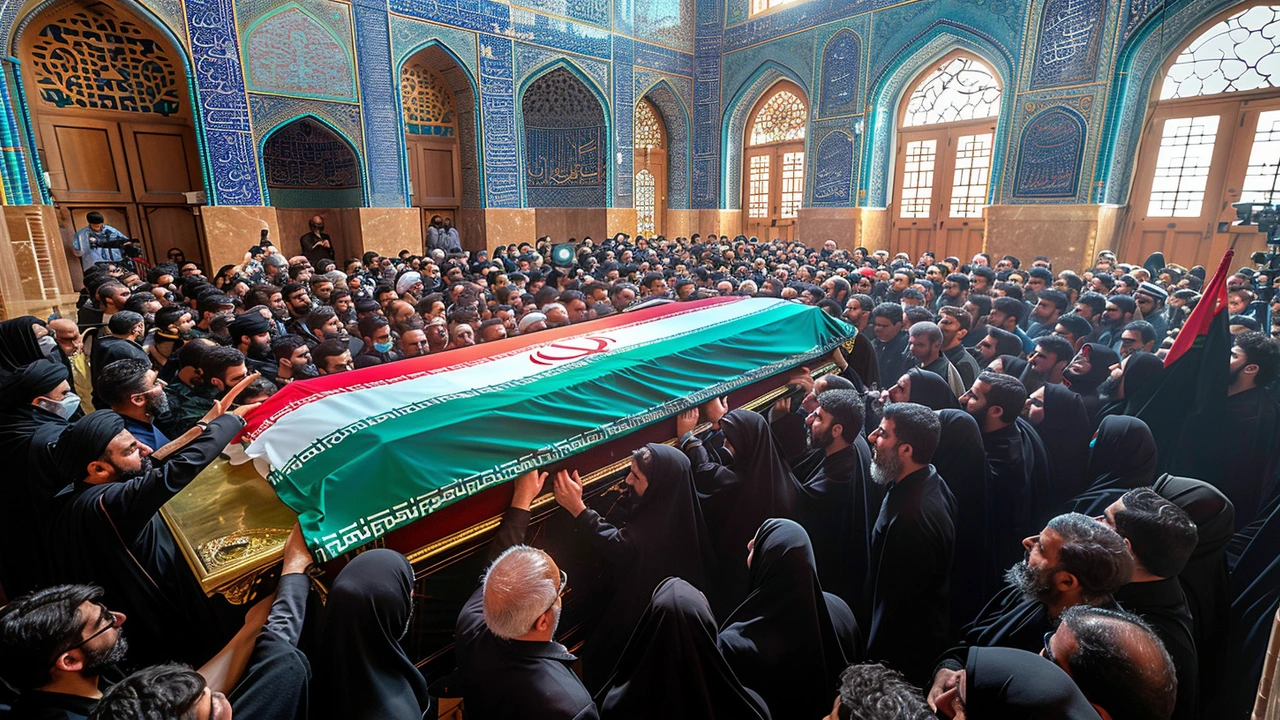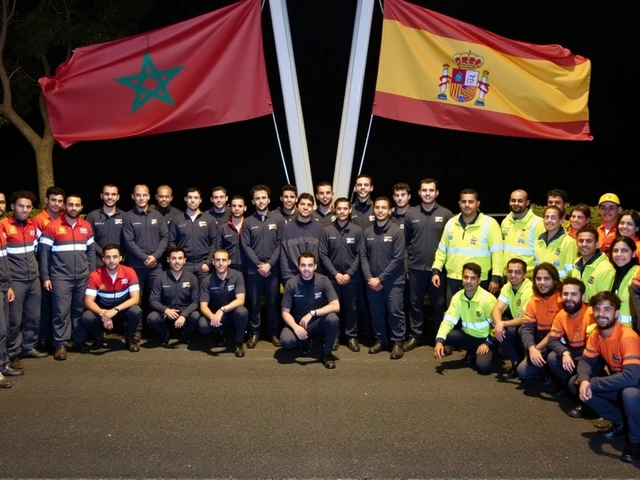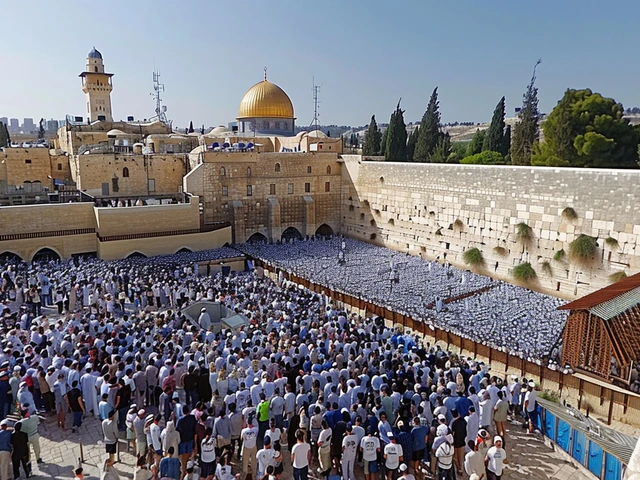Understanding Funeral Processions: What You Should Know
Funeral processions are a deeply meaningful part of honoring someone’s life, bringing together family, friends, and communities. But they can vary wildly depending on where you are, the culture, or religious beliefs. If you’re preparing for or attending one, it helps to know what to expect and how to show respect during these moments.
What Happens During a Funeral Procession?
A funeral procession usually starts at the site where the body lies in state, like a funeral home or church, and travels to the burial place or crematorium. This procession is more than just a journey; it symbolizes the community’s final farewell and the collective grieving process. Cars may follow the hearse in a quiet, orderly line, sometimes with horns silent and headlights on as a sign of respect.
For those walking behind the hearse, the pace and silence are important — it’s a time for reflection, not chatter. Sometimes, mourners carry flowers or family members walk close to the vehicle as a final act of love and remembrance. Knowing these small customs helps you join in without worry if you’re unfamiliar with local practices.
Key Etiquette for Funeral Processions
Showing respect during a funeral procession is simple but crucial. Avoid loud noises, keep your phone silent, and don’t overtake the vehicles in line, which can be seen as disrespectful. If you drive in the procession, maintain a steady speed behind the hearse and don’t break the line. Pedestrians and bystanders should stand quietly on the roadside, removing hats and lowering flags if applicable.
In some cultures, it’s common for the procession to stop for prayers or moments of silence. Ask if you’re unsure—it’s fine to observe quietly if you don’t know the rituals. The goal is to honor the person who has passed and support their loved ones in a respectful way.
Funeral processions reflect a mix of historic, cultural, and personal traditions. Whether it’s a simple drive or an elaborate ceremony, understanding what’s happening helps you be present in the moment, comforting those who need it most. Next time you hear about a procession, you’ll know it’s not just about moving from point A to B, but really about saying goodbye with dignity and care.






